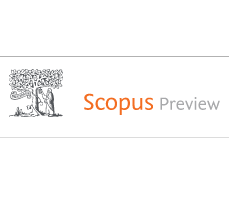Metal additive manufacturing (AM) requires high-quality metal powders to three-dimensionally (3D) print metallic components with complex and customizable geometries. The lack of quantification of AM metal powders creates quality control challenges for 3D printed components, increases the uncertainty of printing reliability and net cost of inspected and certified printed components, and reduces the recyclability of used powders. However, critical characteristics of AM metal powders that are decisive factors for the 3D printing process, such as internal porosity, contamination, and satellite feature, remain ambiguous. Here, we developed a novel approach to 3D quantify key characteristics of AM metal powders down to individual particles by using high-resolution synchrotron x-ray computed tomography. Empowered by the penetrative capability of high-energy x-ray, internal porosity and contamination within as-atomized metal powders from high-entropy alloys to nickel-based superalloys were evaluated. Additionally, the newly-developed dispersion method enables the homogeneous separation of individual particles, and consequently, results in the implementation of 3D particle shape analysis. To resolve a major challenge of identification and quantification of satellite-feature particles in as-atomized AM metal powders, the satellite features were quantitated by modeling and analyzing the shape parameter of local thickness variance. Furthermore, the 3D analytical methods of particle assessment in this study can be applied to other materials systems like rock, food, and pharmaceutical particles, and provide insights for process optimization across powder metallurgy, concrete, food and pharmaceutical manufacturing, and AM industries.

